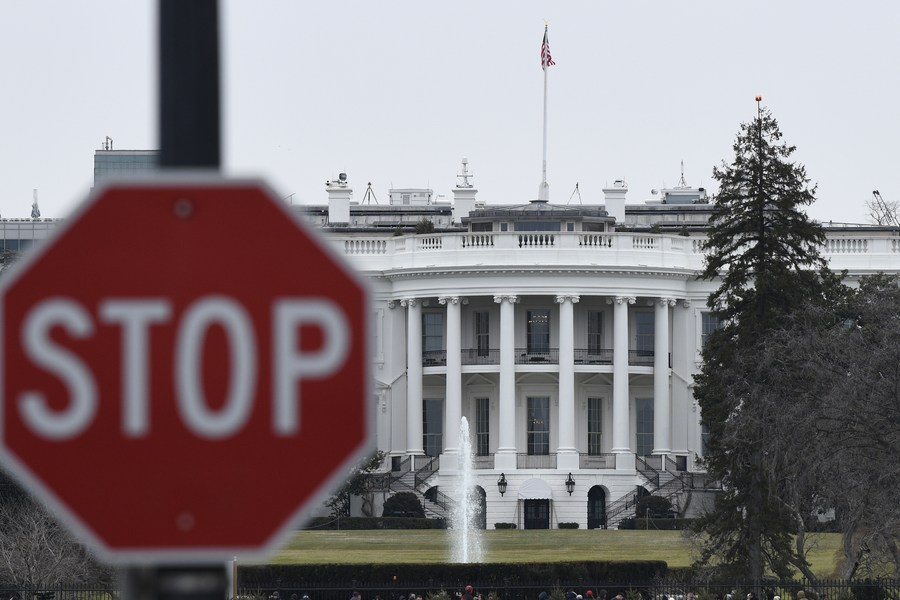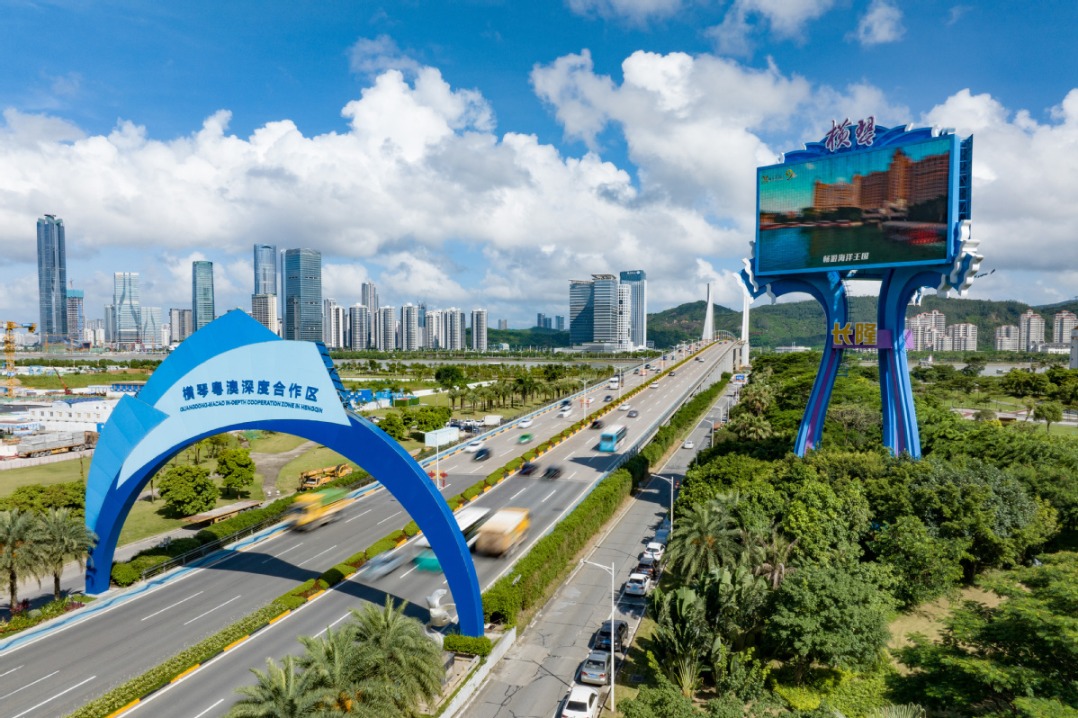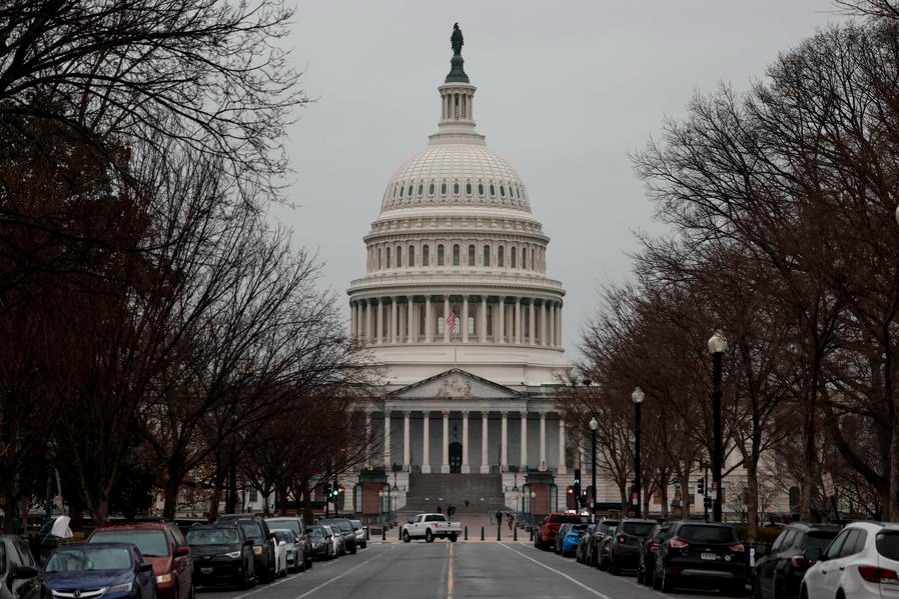RIMPAC disrupts regional security


Editor's note: The United States has been trying to create more troubles in the Asia-Pacific-as its desperate efforts to extend NATO into the region show-in order to contain China's rise. What will be the consequences of the US' designs? Three experts share their views on the issue with China Daily.
The United States is holding the world's largest naval exercise, Rim of the Pacific 2022, with 25 partner countries from June 29 to Aug 4. While the Russia-Ukraine conflict has already seriously impacted the global economy and international relations, RIMPAC 2022 will intensify the geopolitical game in the Asia-Pacific region.
The US has been pushing ahead with its "Indo-Pacific strategy" using all its economic, diplomatic and military might. Since the first "Indo-Pacific strategy" report was issued in 2019, the US has intensified its efforts to build new alliances and consolidate the old ones, while strengthening its military presence in the region. To this end, it has been enhancing its combat effectiveness based on its information systems and alliance mechanisms.
Also, the US is desperately trying to expand North Atlantic Treaty Organization into the Asia-Pacific or build a NATO-like bloc in the region, and has garnered the support of Japan, the Republic of Korea and Australia to further its goal using the "China threat" ploy.
As for Japan, its Self Defense Force has established a "Space Operations Squadron" and cyber defense units. The country has also been trying to amend Article 9 of its pacifist Constitution to transform its defense-only forces into a truly offensive military with the constitutional sanction to attack enemy bases.
Australia, too, has accelerated its military buildup through AUKUS, a strategic alliance of Australia, the United Kingdom and the US, and Quad, a US-Japan-Australia-India strategic partnership. Under the AUKUS framework, the UK and the US will help Australia acquire nuclear-powered submarines. The country is also building a nuclear submarine base on its east coast.
RIMPAC 2022 is a real-time combat exercise and part of the US' "Indo-Pacific strategy". The drills include anti-submarine and air defense exercises, mine clearance and amphibious operations, counter-piracy exercises, diving and salvage operations, and explosive ordnance disposal, all in the name of countering the "China threat". Since China began modernizing its naval forces and improving its naval combat capability, the US has labeled it No. 1"strategic competitor" in the Asia-Pacific.
Joint military drills with other countries have been an important military operation concept of the US. And the "Indo-Pacific strategy" is aimed at strengthening the US' alliances and enhancing its "comprehensive deterrence" capability.
About 25,000 personnel from 26 countries, 38 surface ships, 4 submarines and more than 170 aircraft are participating in RIMPAC 2022. Through the largest naval exercise, the US wants to demonstrate to the world its power to align with other Asia-Pacific countries to target any country.
The Russia-Ukraine conflict has created new divisions in the international community, and the US' Cold War mentality and desperation to build alliances have changed the international security landscape. As a result, the old international strategic order is crumbling, while a new one is yet to take shape. To contain China, the US wants to consolidate old alliances and form new ones with more kindred spirits and timid partners, as reflected in RIMPAC 2022.
The core objective of the "Indo-Pacific strategy" is to deter and counter China in the East China Sea, the South China Sea and the Taiwan Straits. And in the US' eyes, military drills to deal with simulated conflicts in the South China Sea can improve its chances of winning a real military conflict in the future.
China has maritime disputes with Japan in the East China Sea, with some ASEAN member states in the South China Sea, and has to deal with the Taiwan question across the Taiwan Straits. Instead of coordinating to help solve the problems, the US has been stirring up more troubles so China remains preoccupied with them while it strengthens its military presence in the region.
In particular, the US has been trying to establish its maritime superiority over China. It has already held naval drills in the Asia-Pacific with Japan, France and Australia, with RIMPAC 2022 being a major demonstration of its combat capability.
The "Indo-Pacific strategy" has had a severe impact on regional security and accelerated militarization in the region, sparking an arms race. And the increasing sale of arms in the region by the US has made regional arms control even more complicated.
According to the US, 11 Asian countries and two Oceania countries are participating in RIMPAC 2022. The US used military tensions and maritime disputes in the South China Sea as a pretext to ensure the participation of Southeast Asian countries such as Indonesia, Malaysia, the Philippines, Singapore and Thailand in the naval exercise.
As State Councilor and Defense Minister General Wei Fenghe said in June, the aim of the "Indo-Pacific strategy" is to "create small circles under the pretext of freedom and openness". It "is designed to contain another country by coercing regional countries and hyping up conflicts against certain countries".
In fact, "the Indo-Pacific strategy is one that causes division, instigates confrontation and undermines peace in the Asia-Pacific. It serves only the US' interests, and therefore is doomed to fail", Lieutenant General Zhang Zhenzhong said.
The US is hosting RIMPAC 2022 in the name of safeguarding regional security, but in reality it is disrupting regional security. The naval exercise is a super spoiler. By stirring up trouble and coercing countries in the region to help it establish its strategic superiority over China, the US is in the ultimate analysis trying to maintain its global hegemony.
The author is director of the Academic Council, and a senior research fellow at Shanghai Center for RimPac Strategic and International Studies.
The views don't necessarily represent those of China Daily.
US daydreaming of extending NATO into Asia-Pacific
https://www.chinadaily.com.cn/a/202207/04/WS62c2255fa310fd2b29e6a11a.html
Washington should stop playing dangerous games
https://www.chinadaily.com.cn/a/202207/04/WS62c225a5a310fd2b29e6a123.html
If you have a specific expertise, or would like to share your thought about our stories, then send us your writings at opinion@chinadaily.com.cn, and comment@chinadaily.com.cn.


































